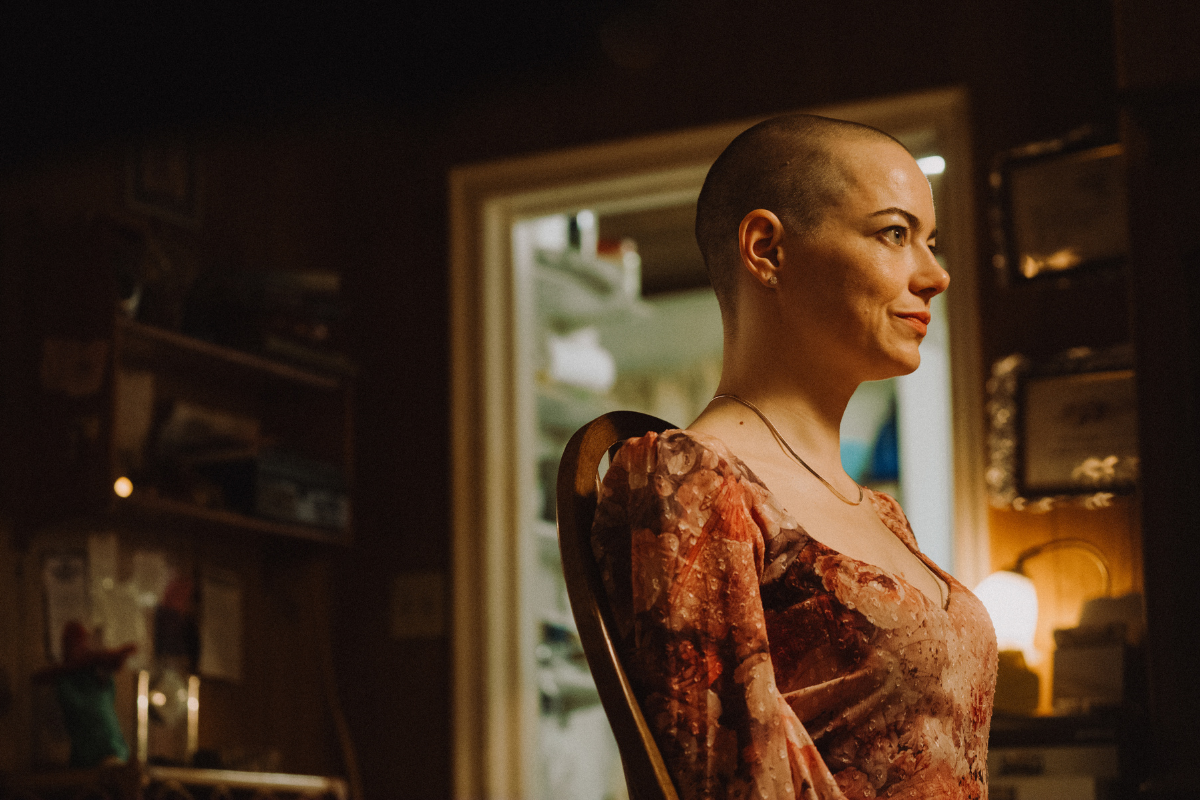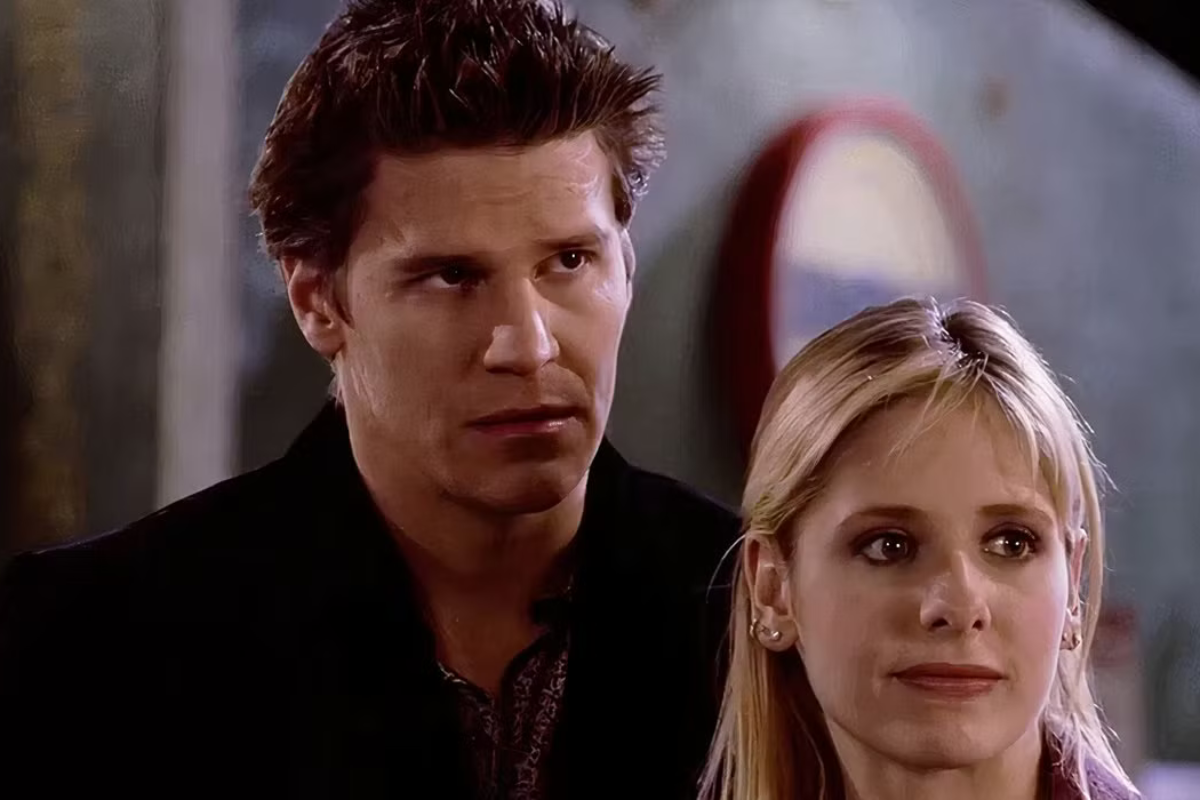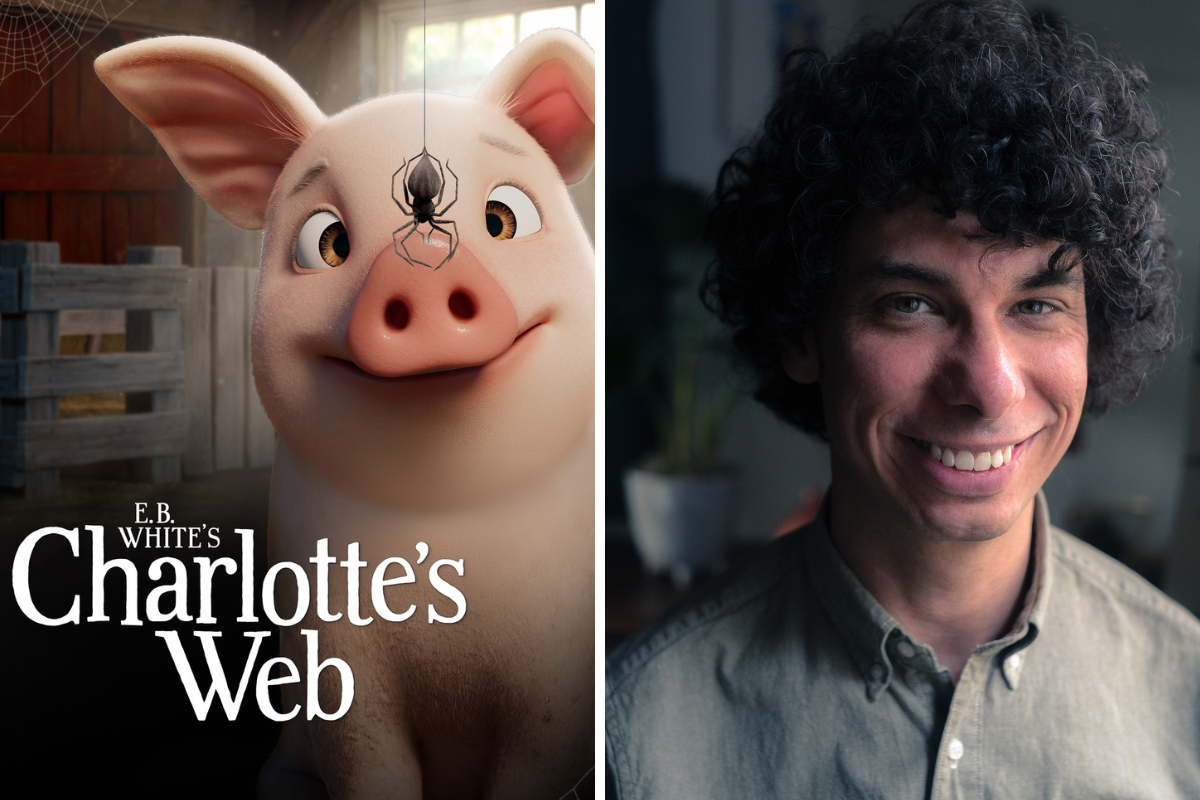ALT SCRIPT: Write a Killer First Draft
Clive Davies-Frayne shares his process for writing a first draft. Do your development work before you start writing, and discover how to make your first draft all killer with no filler.
Clive Davies-Frayne shares his process for writing a first draft. Do your development work before you start writing, and discover how to make your first draft all killer with no filler.
There isn't a one-size-fits-all solution to writing a killer first draft because every writer works differently.
In this article, I want to share the way I approach first drafts. Perhaps my process will help you, even if it only inspires you to create your own development process. But before I can write about the development tools I use, it's important to understand why nobody can write a killer first draft by starting with a blank page and working the story out as they go.
Understand the Problems
Early in my career, I noticed a couple of problems with my own first drafts. The first problem: My first drafts took ages to write. I'd be lucky if I could write four or five pages a day. I knew I was physically capable of writing more pages a day than that. So the problem wasn't about the physical task of putting words on paper. The problem wasn't even about getting precisely the right words on the page, because screenplays aren't literature. We don't need to fret about creating an individual writing style in the same way novelists do.
It was the creation of the story and the development of the characters which took all the time. Writing a first draft took a long time because I was using the first draft as my primary plot and character development tool. Before writing every single line I had to ask myself, who are these characters and what is the next step in my story? And, I had to keep all of this development work straight in my head.
Doing script development work by writing a first draft also explains my other problem with first drafts. I soon learned that first drafts always need immediate, page-one rewrites. They are always utterly and fatally flawed. If you use your first draft as a character development tool, it stands to reason you will understand your characters better at the end of the script, than you will at the start. If nothing else, a second draft is needed to make sure the characters are consistent throughout the story.
Step One: Development and Writing are Different Things
The first step in writing killer first drafts is to separate the development process and screenwriting. Don't even try to create interesting characters or your plot, whilst getting down pages of the script. Instead, think about script development as a process which can be broken into bite-sized lumps. A process you undertake before writing word one.
If the only thing you ever do is some development work before you start writing, your first drafts will improve dramatically. And, once you do that, you'll also discover, the more development work you do, the better the actual writing becomes.
Hone Your Concept with a Compass Logline
Traditionally, loglines are used by writers as a way of pitching stories. The normal formula for a logline consists of a couple of sentences, totaling less than forty words. A well written logline reveals what the story is really about. It reveals the heart of the story.
One thing that helps keep every page of a script on track is knowing precisely what the story is about. Scripts where the central concept hasn't been nailed down have a tendency to drift. The writer hunts for the story on each page, scenes get written which don't serve the story. To use an analogy, writing with a compass logline is like following a path through the woods; writing without one is like wandering aimlessly through the trees.
A compass logline doesn't have to be the one you'd use to pitch, all it needs to do is to encompass the core of the story. Using a compass logline improves first drafts by keeping the story heading in the right, general direction.
Develop Your Characters
90% of the talk about how to write screenplays seems to be about story structure. Structure is important--the story needs to unfold in a way that people can follow. But, anyone going straight from concept to the story is going to set themselves up for any number of problems. That's because a story is merely...
"The way specific characters respond to a sequence of circumstances."
The problem with a structural approach to screenwriting, one that relies on getting the plot points in the right place, is it puts too much focus on the sequence of circumstances and draws attention from the more important way specific characters respond to those plot points.
To write a killer first draft the one thing you need to understand is ALL plots are character-driven. And, anyone trying to create a plot-driven story doesn't really understand what a story is. I can demonstrate this fairly easily. Let's imagine that the set-up for our story is the protagonist has a case full of important documents and the case gets stolen by the bad guys. In one story, the protagonist is Tony Stark (Iron Man), in another story, the protagonist is Spongebob Squarepants. Will the stories be the same? Of course, they won't. But why? Well, it's because the story is created by the way specific characters (Tony Stark or Spongebob Squarepants) respond to a sequence of circumstances (a stolen case of important documents).
As you can see, although the circumstances (the plot) force the characters to respond, it is the uniqueness of the character that determines what happens next. Or, in other words, characters drive plots not the other way round.
On a fundamental level, ALL script development work is character development! Therefore, the better your character development process, the easier it is to write a killer first draft. This also means anyone wanting to write a killer first draft needs to figure out how to develop characters before writing their script.
My approach to character development is simple, effective, and shows natural plot points based on areas of conflict between characters. I teach it as an on-demand webinar at the Writer's Store.
There are other ways to do it. Some people fill notepads with notes. Some writers collate folders full of articles and photos (digital scrapbooking). Some writers create short stories about incidents from the character's life outside of the film's story. Whatever you do, the better your character development work the more chance you have of writing a killer first draft.
Step Four: Beat-Sheets are Good; Treatments are Better
So, your compass logline tells you what your story is really about and you know your characters inside and out. Is it time to start writing that killer first draft?
Sorry, but there is one more step to take. It's time to create a short version of the story. What is the ordinary world of the protagonist? How does the antagonist create the circumstance which then drives the protagonist to take the first step into the story? And then what happens?
Beats Sheets
The most common method to do this is to create a beat sheet. A beat sheet is just a list of things that happen. Some people put their story beats onto file cards and attach them to a cork-board. A method that allows the writer to swap out beats or to reorder the plot points. Some people just create a list of beats. A beat sheet is as good a method as any other. I really like beat sheets.
The main advantage of a beat sheet is it reduces the story to a couple of pages. Those pages consist of between thirty and fifty plot points expressed in single sentences. It is low impact, quick way to look at a film's story. You can rewrite and reimagine the film in a couple of hours, or even less. If you go with the cork-board approach it's even more adaptable. It's certainly a lot easier than writing a new draft of the script whilst trying to keep the plot straight in your head.
Treatments
Most writers use treatments as part of the pitching process. In its simplest form, a treatment is a wordier version of a beat sheet that is written to be read by other people. It normally contains enough description to allow the reader to visualise the story. Treatments written for pitching purposes normally run to about five pages.
There is another kind of treatment. The kind which is used for script development. These are considerably longer. So, for instance, mine normally run to about twenty-five pages. For me, a treatment is about what happens? Where does it happen? How do the characters respond to each circumstance? It is about the order and manner in which the audience discovers the truth of the story.
It's entirely up to the writer to decide how much and what detail they need. I often include "on the nose" dialogue if it drives the plot. I sometimes include basic location descriptions. By the time I have completed a treatment, I can see the entire film in my mind... and then it's time to write the script.
Tricks to Write the Killer Script
If you want to write a killer first draft you need to do comprehensive and methodical development work before you start writing. Because every writer is different their development process will reflect what works best for them. My experience tells me any development process needs to address four steps:
- separating script development from script writing
- create a compass logline to define what the film is really about
- develop your characters to the point you know how they'll react in any circumstance
- create your story using either a beat-sheet, treatment or both
If you do the development work well, when you sit down to write that first page you will know precisely what needs to happen, how your characters will react, and what your story is really about. You can now concentrate on how your story is revealed to the audience. You can concentrate on creating a cinematically rich story, thrilling action and killer dialogue. You are able to do this because you have freed your mind from creating characters, discovering the theme, and finding the plot.
Oh, and there is another thing. If you write a killer first draft and a producer needs you to do a rewrite because of a commercial opportunity, any writer who has done systematic development work can quickly and easily do a killer rewrite.
Learn more about the craft and business of screenwriting and television writing from our Script University courses!
Clive Frayne is a writer with over thirty years experience in broadcast media. After a very successful career running professional writing teams in the radio industry he decided to move into screenwriting. Since then he has written and directed two feature films and half a dozen award-winning short films, and authored the book The Process of Screenwriting. These days he splits his work between writing, script editing and teaching screenwriting. He is a passionate advocate of two things, process-driven screenwriting and independent filmmaking. Follow Clive on Twitter @clivefrayne







